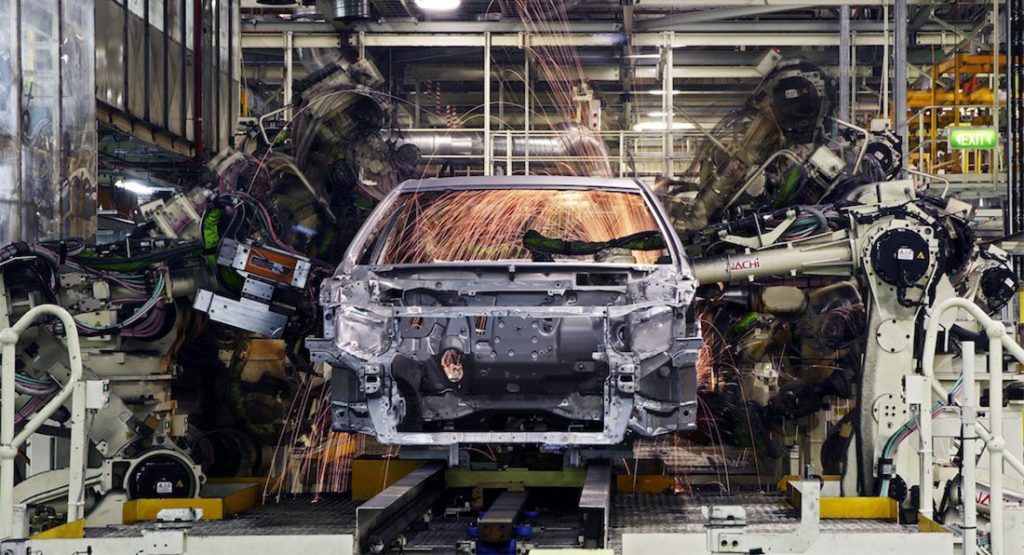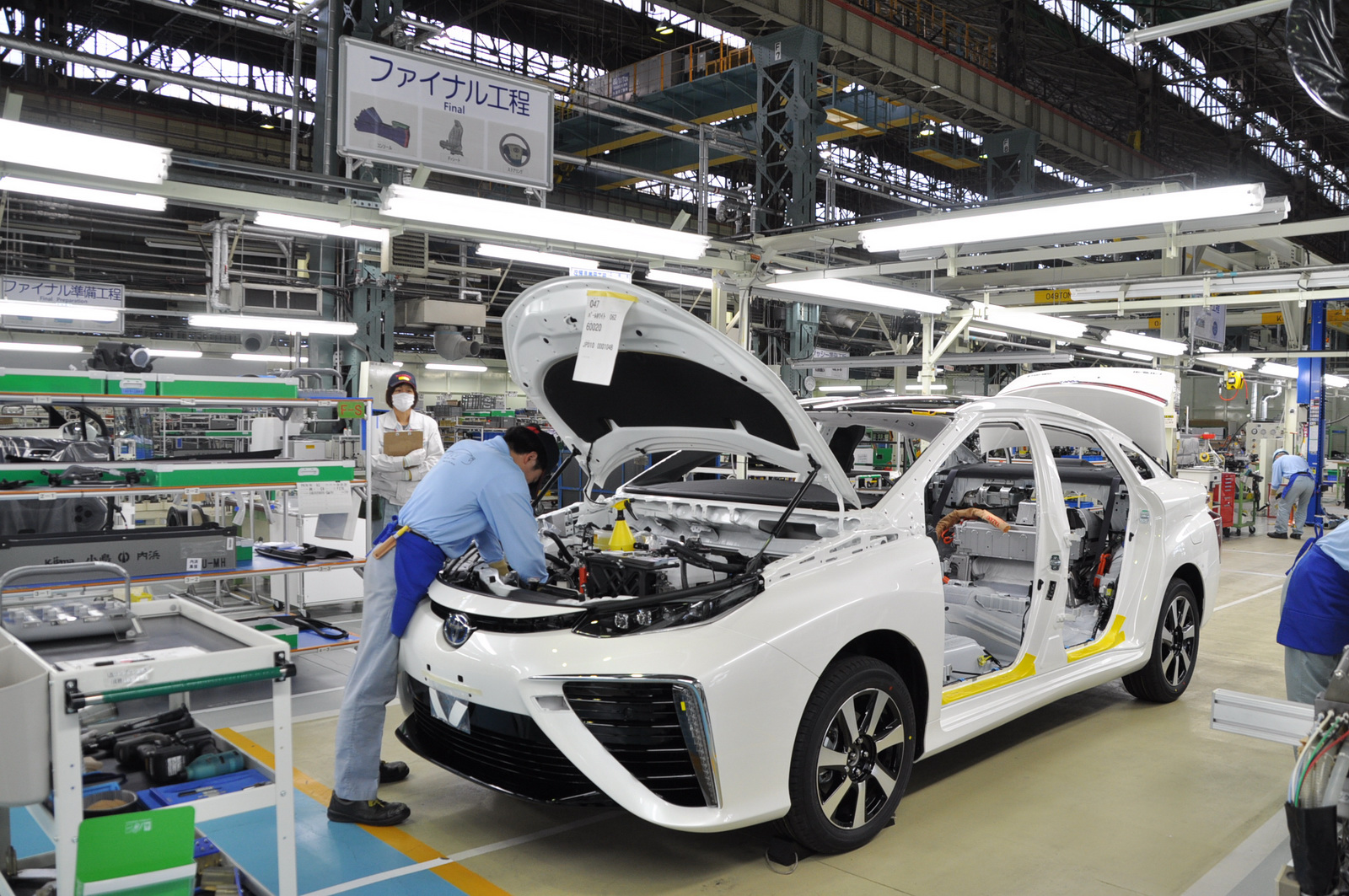Toyota GB is keen to add value throughout the lifetime of its vehicles by remanufacturing them after a typical use cycle. The program will be implemented as a part of the company’s Kinto mobility arm.
Speaking to Autocar, Agustín Martín, president and managing director of Toyota GB, said that the company needs to “stretch the way we look at life for both the vehicle and the customer.”
Toyota has identified that its vehicles are typically used for three cycles of two to three years, which accounts for the average length of lease contracts in the UK.
The proposed remanufacturing process, which will be applied to fleets through the Kinto sub-brand, will see cars return to the Burnaston factory after their first life cycle to be comprehensively refreshed.
See Also: Toyota Overtakes GM To Become Best-Selling Automaker In The USA
Details of precisely what constitutes the remanufacturing process are scant, but presumably, the scheme will replace all wear items, as well as repair any damage. Although EVs have not been singled out, with a shift to electric vehicles on the horizon, an automaker remanufactured tag may help reinforce confidence for secondhand buyers. However, it’s noted that Toyota’s first production BEV, the bZ4X, will feature a battery pack that will retain up to 90 percent of its usable capacity after 10 years of use.
The remanufacturing efforts differ from a plan Volvo implemented last year, saving the company 3,000 tonnes of CO2 emissions by remanufacturing 40,000 parts. Instead of focusing on remanufacturing individual components and repurposing batteries, Toyota plans to extend the use of their vehicles as well as contact time with customers to at least 10 years.
The Japanese car manufacturer is prepared to refresh a car twice, giving it three life cycles. After the third cycle, which would be roughly 10 years of use, the company will recycle the vehicle. Toyota hadn’t further elaborated on the details of the vehicle’s end-of-life process, but the emphasis will be on sustainability and reducing environmental impact.





